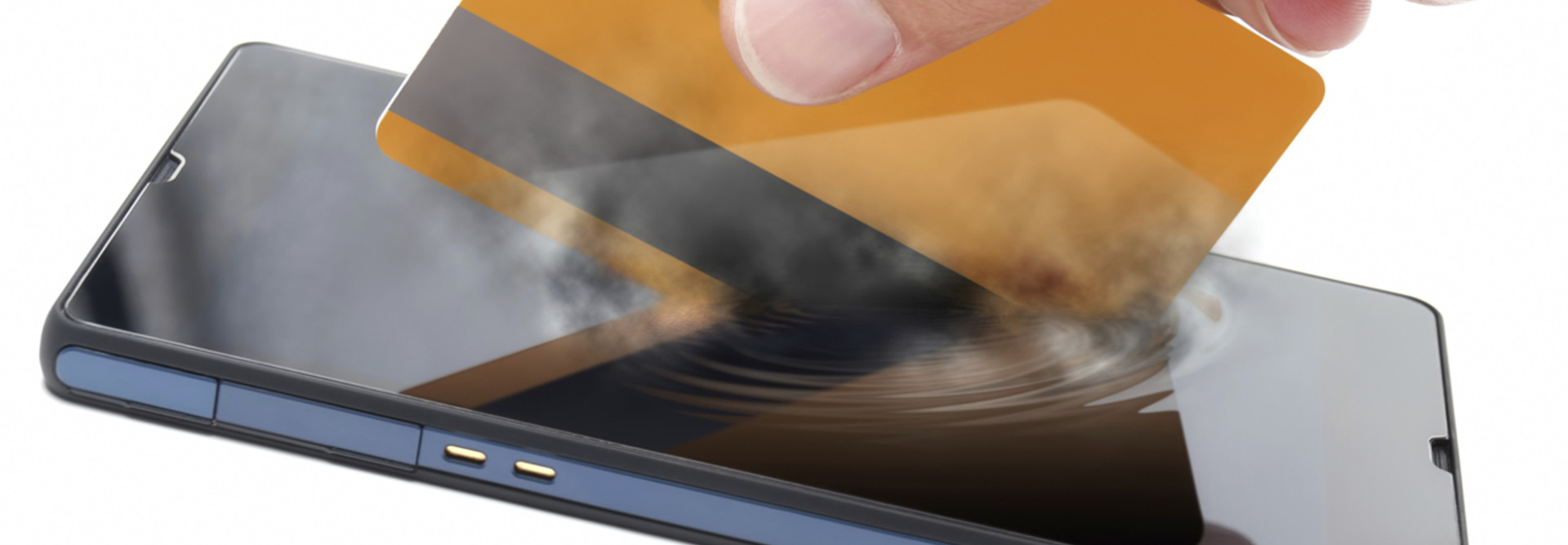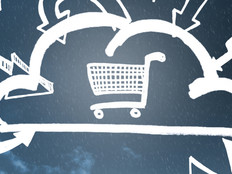Businesses Are Embracing Mobile Point of Sale — Is Yours Ready?
When Apple retail stores rolled out mobile point of sale, it seemed like an innovation well ahead of its time. But advances in tablet and smartphone devices as well as wireless and cloud services have mPOS poised to become more the rule than the exception in many retail and service businesses.
For years (beyond Apple Stores), the technology was mainly the province of micro-merchants that could not afford traditional POS systems. But these uses of mPOS — a service linked to a business’s bank account, a small credit card scanner attached to a tablet or smartphone, and a downloaded app — typically were not scalable for enterprise environments.
Times are changing, and quickly, with mPOS climbing its way up the business food chain. Already, 32 percent of U.S. merchants with more than 500 employees have deployed mPOS, with another 29 percent planning to do so within the next year, according to a recent Yankee Group IT decision-maker survey.
Today, for instance, mPOS is a common sight poolside at hotels and resorts everywhere, as servers take orders and accept payments while on the move. It’s also fairly common at many car rental facilities, speeding people from car pickup through return and getting them on their way to the airport.
While part of the appeal is clearly to improve customer service, as the rental example can attest, there’s a direct bottom-line benefit too. Rental car attendants now handle returns curbside with mPOS, getting automobiles back into service faster and letting the facility better manage large influxes of customers.
That adds up to more productive employees and more vehicles out for rental versus sitting on the lot awaiting processing.
Other POS-itives
When it comes to capital investment strategies, it’s also much speedier to increase the number of devices tied to a store’s inventory and accounting systems than to add cash registers at fixed locations. And because mPOS allows for the reduction or elimination of cash register stations, it frees up costly retail space for other purposes, such as more in-store promotional materials and merchandise on the sales floor. Furthermore, the technology streamlines the collection of email addresses and other customer information for future sales uses.
Just think about the customer experience possible in such an environment: Customers simply go up to the nearest employee and then check out pretty much anywhere.
As the Yankee Group report “Revolutionizing Retail With mPoS” points out, the technology is transforming the retail sector. “Retailers which have eschewed cumbersome cash wraps in favor of a mobilized checkout are already reaping increased savings, sales and customer satisfaction,” notes Yankee Group analyst Jordan McKee, who predicts that a majority of U.S. retailers will be using mPOS systems within five years.
A Path Toward MPOS
But a move to mPOS, like all tech migrations, demands a well-thought-out game plan. For instance, in addition to an investment in mobile devices, the wireless network has to be beefed up to support added bandwidth requirements and fortified to rigorously protect transactions. Meanwhile, care must be taken to correctly tie the mPOS system into the business’s accounting, enterprise resource planning and customer relationship management systems, as well as other necessary back-office applications.
Mobile POS is not something to jump into without adequate forethought. Start small with a pilot program. Evaluate it, and then use the results to calibrate an mPOS approach that best fits your and your customer’s needs.









